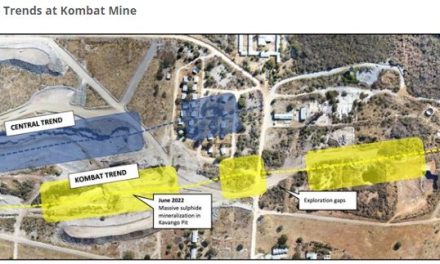
Next Graphite Project exceeds expectations
Next Graphite Incorporated, announced its second quarter and first half financial results for the period ended June 30, 2014. The Company also highlighted its milestones in the first half of the year.
Said Next Graphite Chief Executive Officer, Cliff Bream, “We are very pleased at the pace of development of our graphite mining project. Our plan is being well executed and is ahead of schedule.”
He added, “Our Phase 1 findings exceeded our expectations in all categories; we found more vein lodes on our property and five of which graded an average of 49.2% graphite content. Through a bulk testing and screening program conducted on our approximate 180,000 ton mine heaps we discovered that the heaps contain more graphite bearing rock than previously estimated, and lastly, we confirmed both medium and large flake graphite which is in high-demand in our target markets. With our Phase 2 plan under way, we are witnessing similar preliminary results and we are pleased to report our Aukam mining asset might be of higher value than what we originally expected.”
Next Graphite acquired a mining license on 23 April 2014, paving the way for it to initiate a number of activities centred around bringing the mining project to life, with the subsequent ownership of the property acquired on 3 April 2014.
Under the management of its Country Manager, Mulife Siyambango, a geology team has initiated testing of its graphite heap tailings, with phase two of its exploration program currently under way while the Ministry of Environment and Tourism has approved the prospective graphite operator’s application to conduct feasibility studies of the Aukam property.
Preliminary results obtained have indicated the presence of a high-grade graphite content which have sparked the need for a pre-economic plan. Three major tailing heaps on site are estimated to hold approximately 180,000 tonnes of graphite bearing rock, the company recently reported upon completion of its first phase of preliminary tests of the Aukam Project.














































